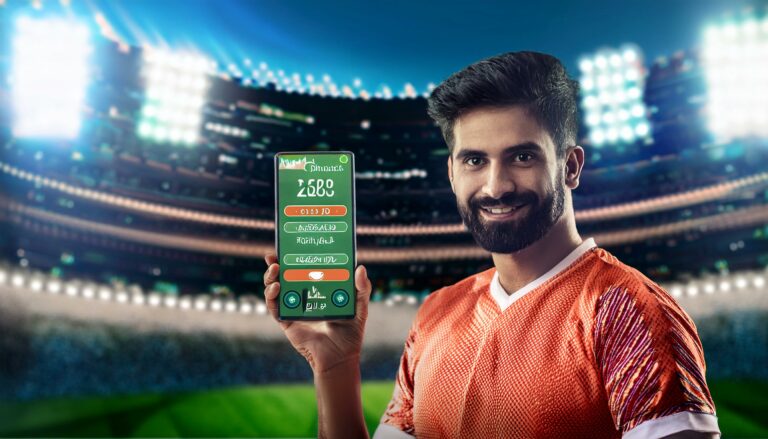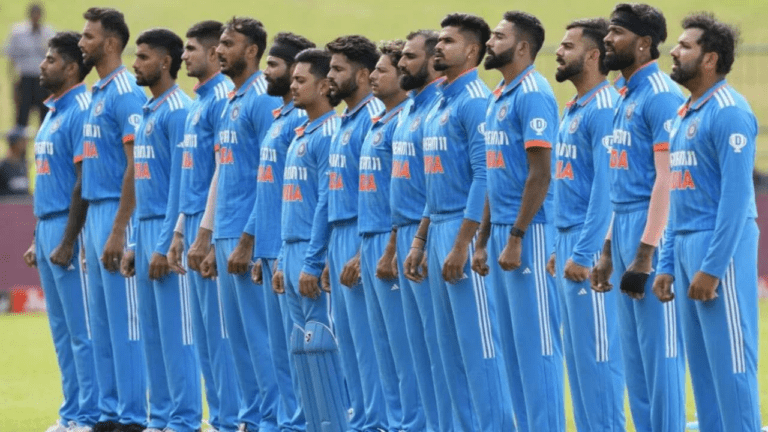IPL’s Contribution to the Evolution of Cricketing Technologies: Enhancing Performance and Safety
Laserbook, Betbook247: The Decision Review System (DRS) was introduced in cricket to assist umpires in making more accurate decisions during matches. This technology allows players to challenge on-field umpiring decisions by requesting a review using technological aids such as ball-tracking and ultra-edge. The main aim of the DRS is to reduce umpiring errors and ensure fair play on the field.
Since its introduction, the DRS has been a topic of discussion and debate among players, coaches, and fans alike. Some believe that the system has improved the accuracy of decision-making, while others argue that it has introduced an element of uncertainty and interruption in the flow of the game. Despite the differing opinions, the DRS has become an integral part of modern cricket, shaping the way matches are officiated and adding a layer of technology to the traditional sport.
Evolution of Broadcasting Technology in Cricket
Broadcasting technology in cricket has seen remarkable advancements over the years. From the early days of grainy black and white footage to the high-definition, multiple camera angles we now enjoy, the evolution has been nothing short of revolutionary. With the introduction of ultra-slow motion replays, hotspot technology, and snickometer, viewers are now able to witness the game in unprecedented detail and clarity.
Furthermore, the development of Hawkeye technology has added a new dimension to broadcasting in cricket, providing accurate ball-tracking and predictive analysis. This innovation has not only enhanced the viewing experience for fans but has also become an invaluable tool for umpires in making crucial decisions. The integration of augmented reality graphics and virtual reality simulations have further enriched the way cricket matches are presented to the audience, immersing viewers in the action like never before.
Impact of Wearable Technology on Player Fitness and Health
Player fitness and health have always been paramount in the world of sports, with athletes constantly seeking innovative methods to enhance their performance and well-being. The advent of wearable technology has revolutionized the way players monitor and manage their physical condition, providing them with real-time data and insights that were previously inaccessible. From smartwatches that track heart rate and calories burned to GPS-enabled devices that analyze movement patterns and distance covered, wearables have become an integral part of a player’s training regimen.
Moreover, wearable technology is not just limited to monitoring physical activity; it also plays a crucial role in preventing injuries and ensuring quick recovery. Sensors embedded in clothing or equipment can detect potential issues like muscle fatigue or improper technique, alerting players to make necessary adjustments to avoid strain or overexertion. Additionally, data collected from wearables can be utilized by coaches and sports scientists to personalize training programs, optimize performance, and reduce the risk of injuries, thereby prolonging players’ careers and enabling them to reach their full potential.







